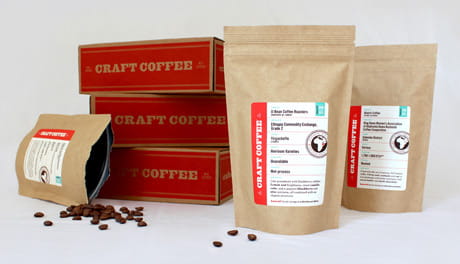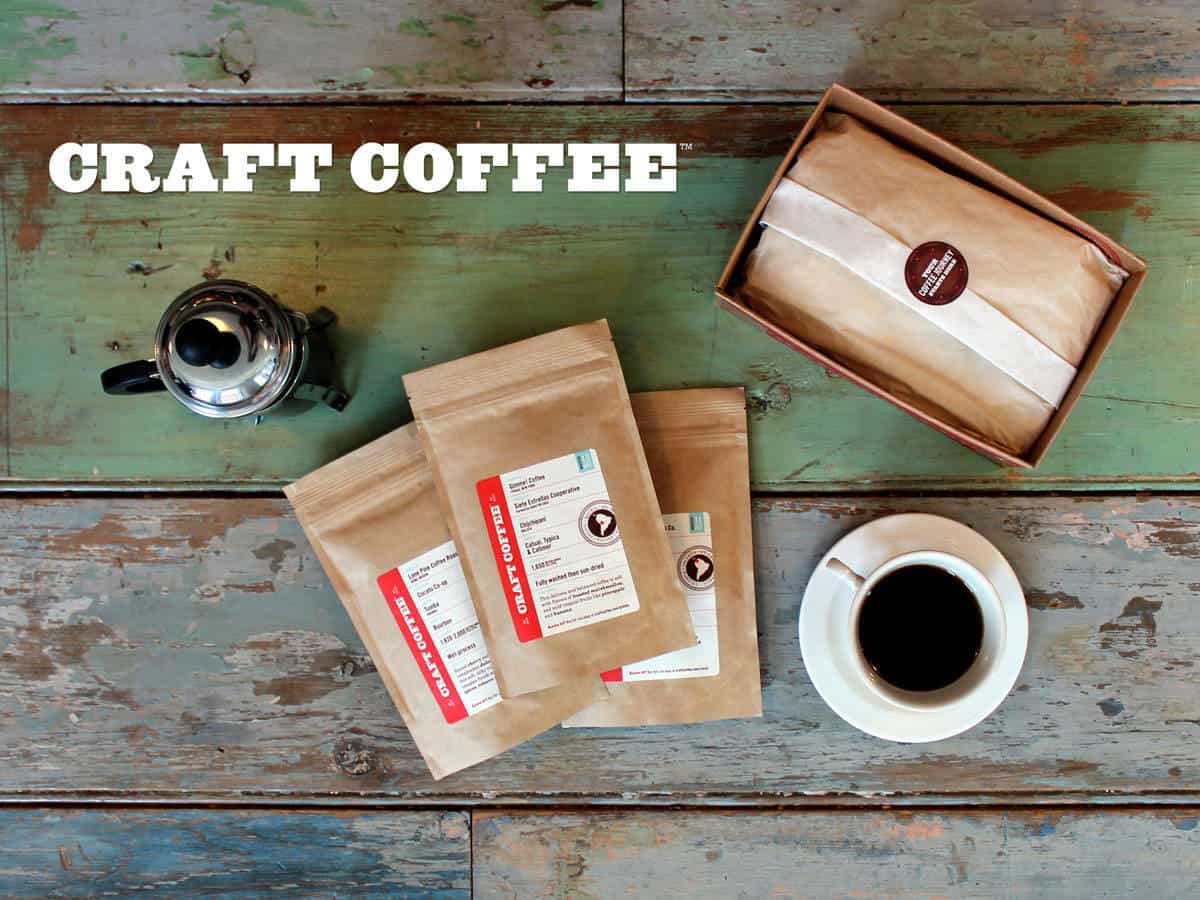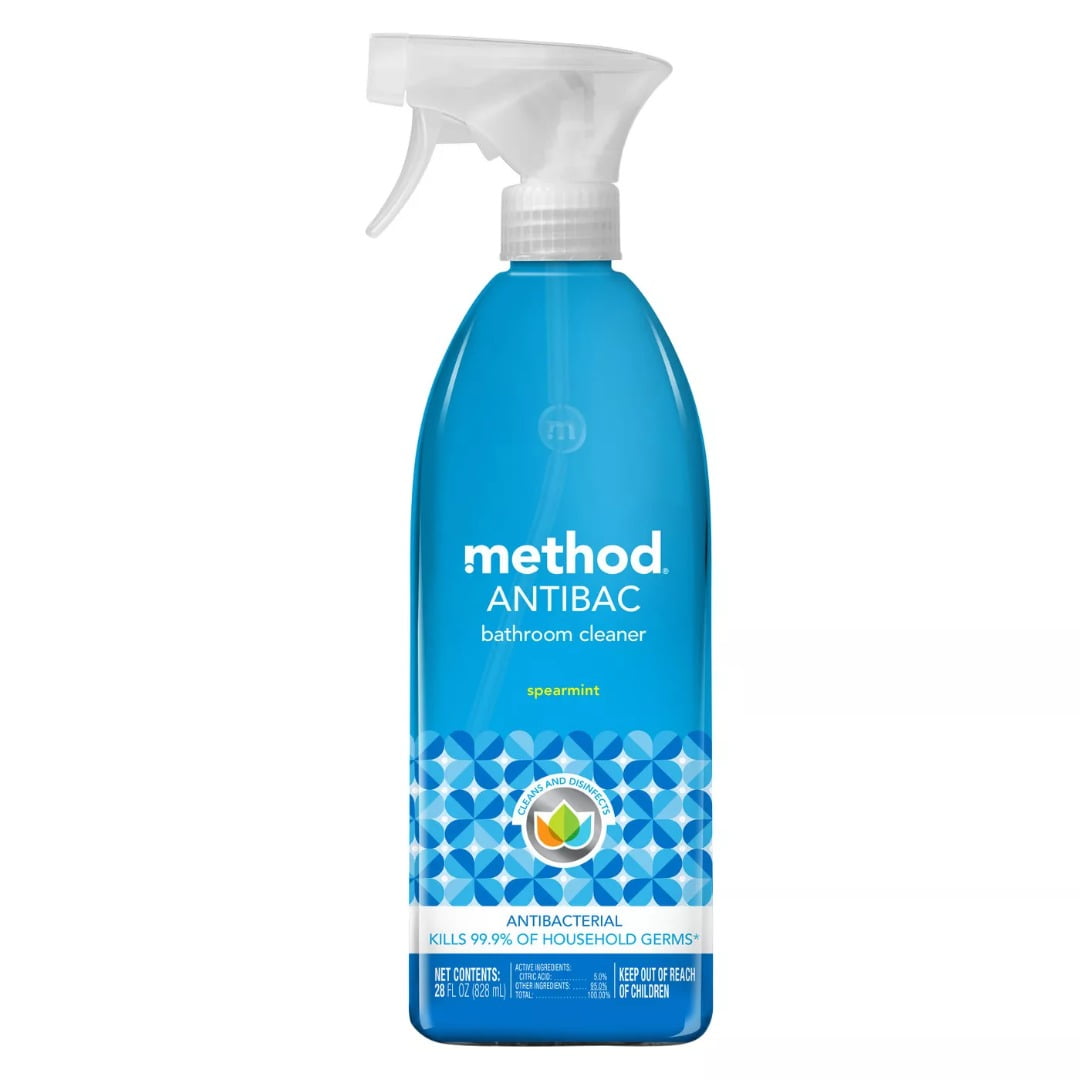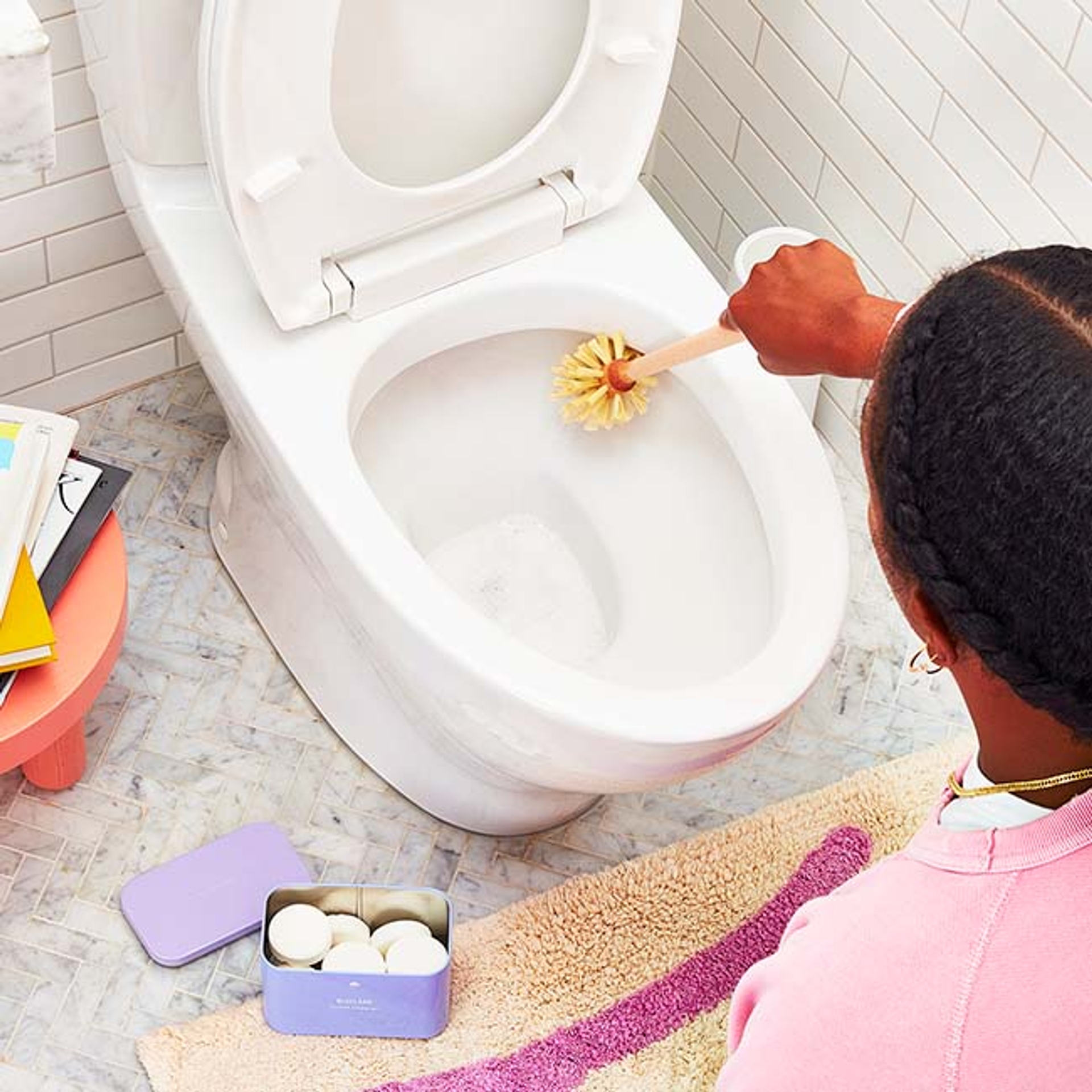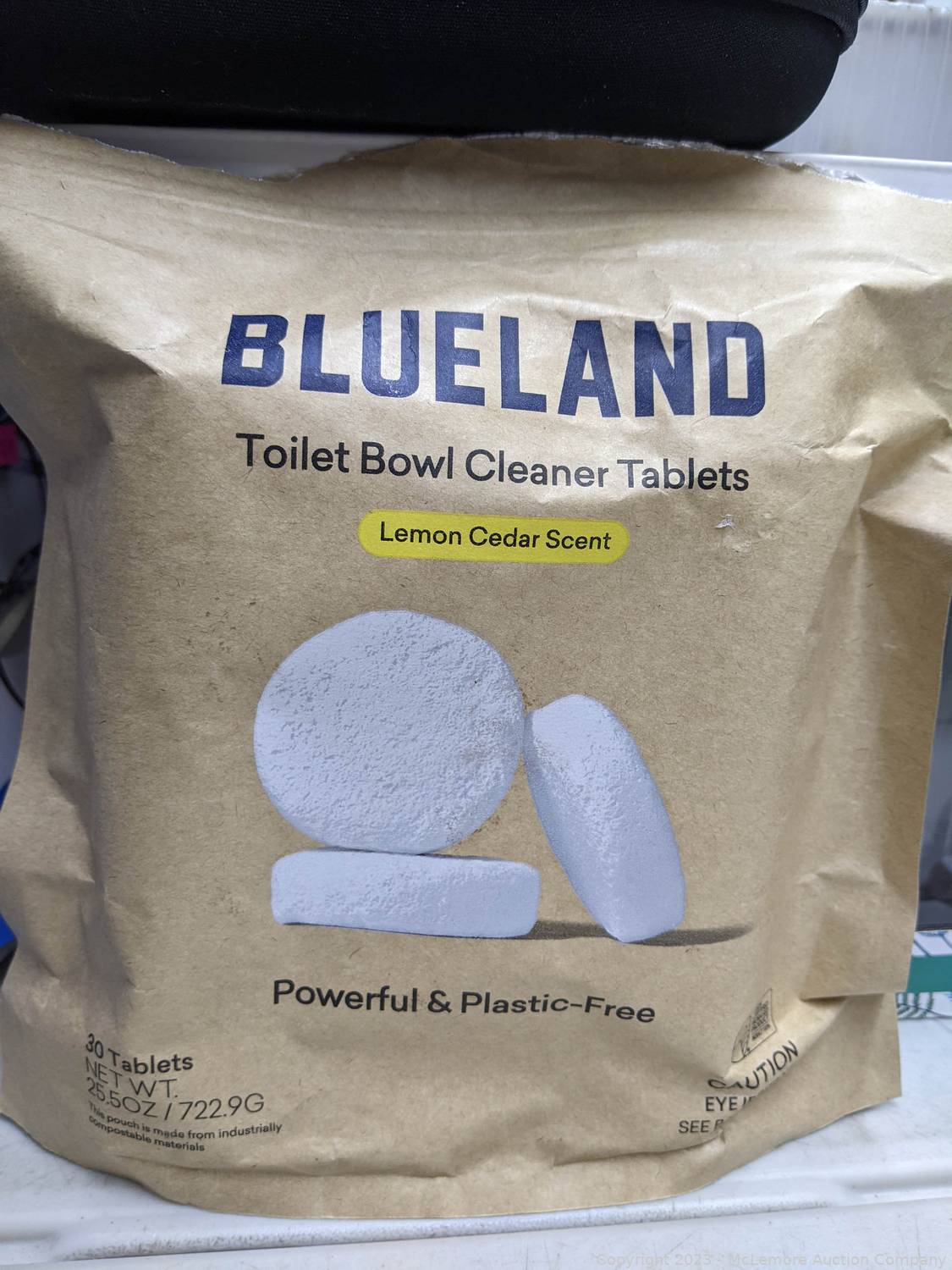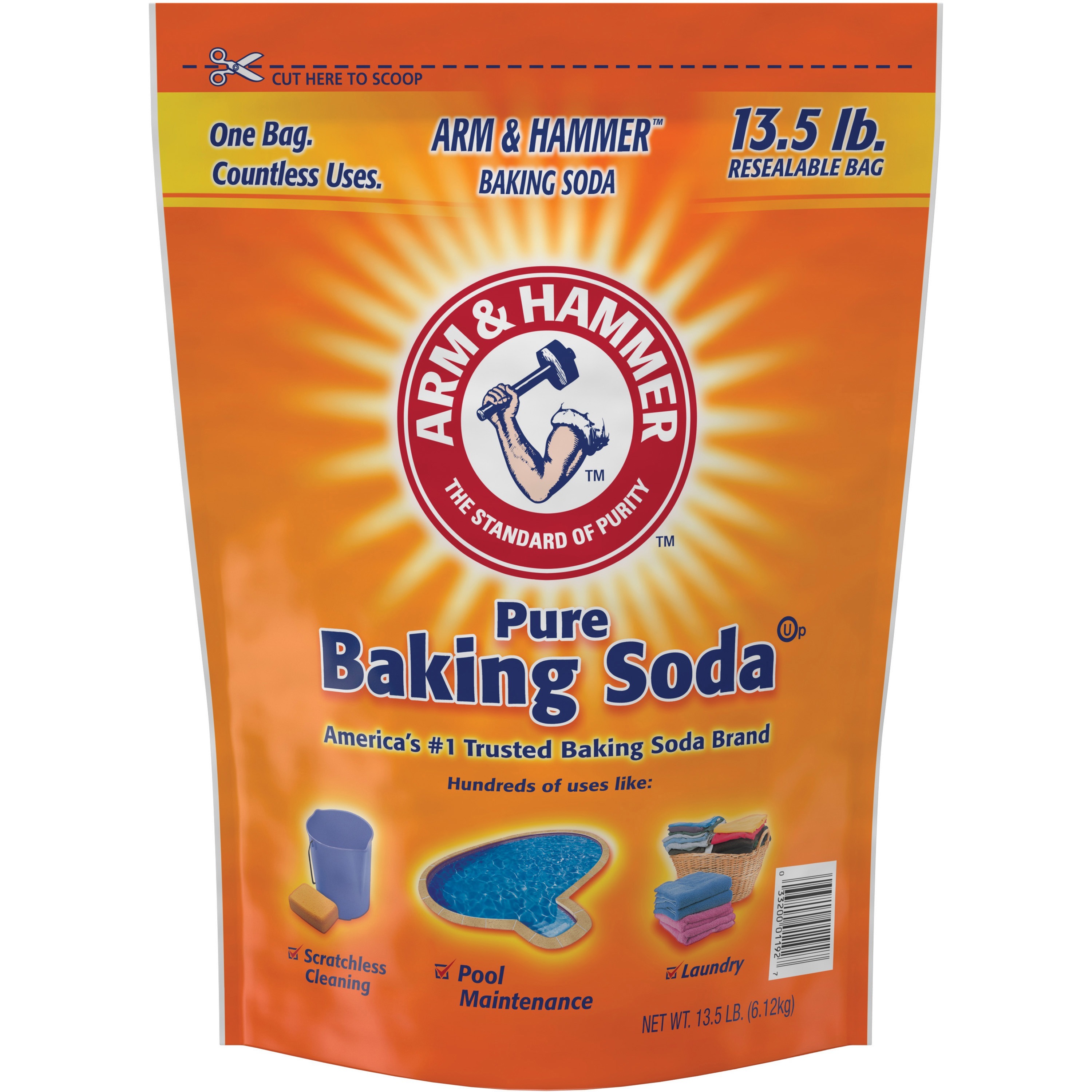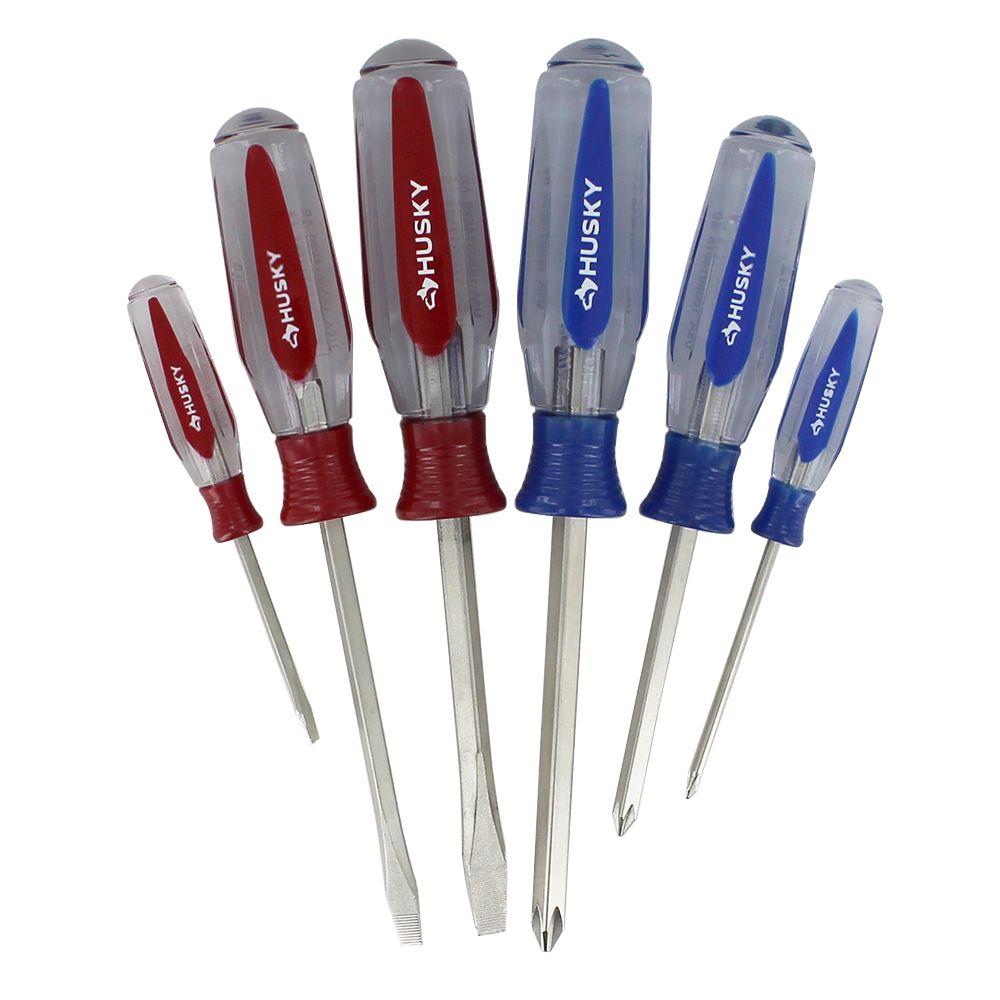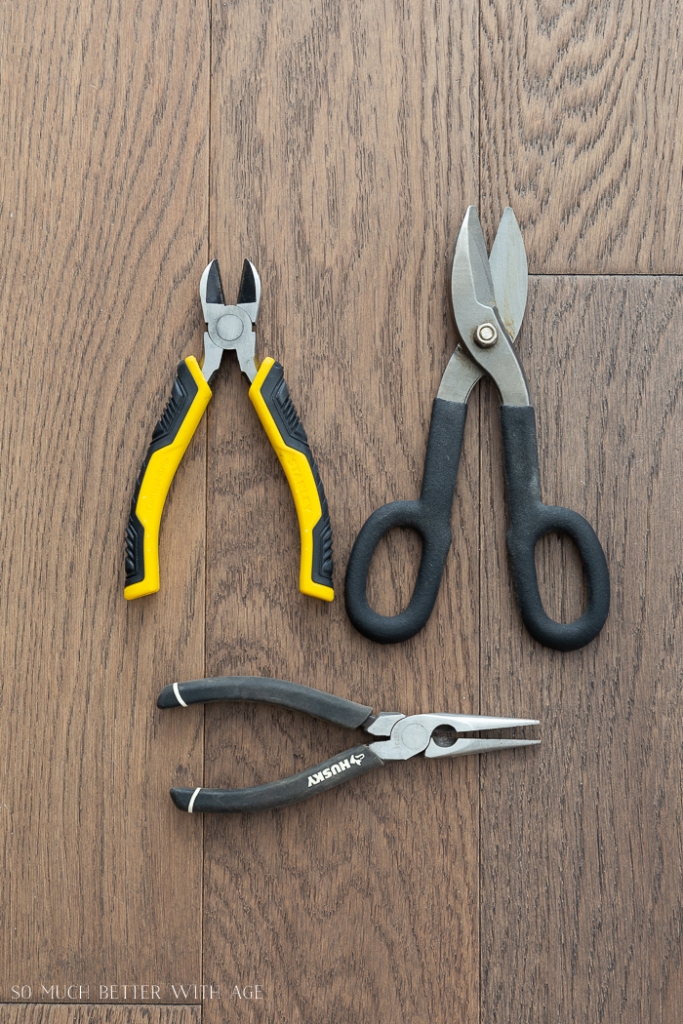Discover Pandipedia
Pandipedia is the world's first encyclopaedia of machine generated content approved by humans. You can contribute by simply searching and clicking/tapping on "Add To Pandipedia" in the answer you like. Learn More
Expand the world's knowledge as you search and help others. Go you!

Apple AirPods Max
Wireless headphones featuring active noise cancellation and surround sound-like spatial audio technology for an immersive listening experience[1].

Owala FreeSip Insulated Stainless Steel Water Bottle
This bottle offers multiple ways to drink and keeps drinks cold for hours, making it a favorite among users[2][3][4].

HigherDose Infrared Sauna Blanket
A portable sauna that promotes recovery and relaxation, perfect for wellness enthusiasts[1][5].

BaubleBar Bubble Initial Necklace
Trendy jewelry piece that can be personalized with initials, loved by fashion-savvy individuals on social media[1][3].

Therabody Theragun Mini
A compact massage gun that provides targeted relief for sore muscles, ideal for athletes or fitness lovers[1][4].

Dyson Airwrap Multi-Styler
A highly-rated hair styling tool that offers multiple attachments to create various styles without extreme heat damage[1][4].

Lululemon Everywhere Belt Bag
A versatile bag that can be worn as a belt or crossbody, making it perfect for anyone on the go[2][4].

LEGO Ideas Tuxedo Cat
A fun and intricate LEGO set for animal lovers and those who enjoy building models[1].
Ninja CREAMi
An appliance that allows users to make ice cream, sorbet, and slushies easily at home[4][11].

Coach Tabby Shoulder Bag
A stylish bag with a vintage silhouette that has gained popularity this year[1][5].

Therabody TheraFace Depuffing Wand
A skincare device designed to reduce puffiness and promote skin health, favored by beauty enthusiasts[5].

CurrentBody Skin LED Light Therapy Mask
An innovative mask that offers red light therapy to improve skin texture and reduce fine lines[4][11].

Maison Margiela Replica Jazz Club Unisex Fragrance
A nostalgic scent inspired by nightlife, appealing to both men and women[1].

PlayStation Portal Remote Player
A handheld device that allows users to play PS5 games remotely, perfect for gamers[1].
Craft Coffee Subscription Box
A curated selection of specialty coffee delivered monthly, ideal for coffee lovers[12].
Glow Recipe Watermelon Glow Niacinamide Dew Drops
A hydrating product that enhances radiance and serves as a makeup base[12].

Bissell Little Green Multi-Purpose Portable Carpet Cleaner
An efficient cleaning device for upholstery and carpets, appreciated by pet owners[5].
Glossier You Rêve Perfume
A new version of the popular fragrance from Glossier, combining fruity and buttery scents[3].

Coach Motif Chain Bag Charm
A trendy accessory that adds personality to any bag, favored by fashionistas[3].

The Comfy Original Wearable Blanket
A cozy and oversized blanket that provides warmth and comfort[9][12].

Nightball Tangle Glow in the Dark Inflatable LED Football
A fun outdoor game that glows in the dark, great for kids and families[2].
Skinfix Barrier+ Triple Lipid Peptide Face Cream
A product focused on hydration and skin barrier support, trending among skincare experts[12].
Ease Wear Lumbar Support Pillow
A supportive pillow designed to relieve back pain, perfect for home or office use[12].
Nike Killshot Glitter Swoosh Sneakers
Stylish and functional sneakers that combine comfort and fashionable design[12].

Cuyana Travel Case Set
A set of chic toiletry cases that help keep items organized while traveling, appealing to fashion-conscious travelers[12].
Let's look at alternatives:
- Modify the query.
- Start a new thread.
- Remove sources (if manually added).
- Request a manual search from our human research team.

Herbivores primarily eat plant material, which includes foliage, fruits, seeds, and other vascular tissues. They also encompass animals that consume non-vascular autotrophs like mosses, algae, and lichens. However, herbivores do not include those that feed on decomposed plant matter or fungi. As a result of their plant-based diet, herbivores possess mouth structures adapted for breaking down plant materials and digestive systems equipped with special enzymes to digest polysaccharides found in plants[1].
Let's look at alternatives:
- Modify the query.
- Start a new thread.
- Remove sources (if manually added).
- Request a manual search from our human research team.
Get more accurate answers with Super Search, upload files, personalised discovery feed, save searches and contribute to the PandiPedia.

Modern art is defined as artistic work produced roughly from the 1860s to the 1970s, characterized by a departure from traditional styles in favor of experimentation. This era showcases a movement towards abstraction, moving away from narrative elements typical of previous artistic forms. Modern artists sought new perspectives and innovative uses of materials, reflecting a break from the past and a focus on fresh ideas about art's nature and function. Significant movements within modern art include Fauvism, Cubism, and Expressionism, influenced by earlier movements such as Romanticism and Impressionism. The modern art movement is closely linked to Modernism and emphasizes emotional liberation and new artistic expressions, as seen in works by artists like Vincent van Gogh, Pablo Picasso, and Henri Matisse, among others. The tex also notes that the notion of modern art is intertwined with significant historical and cultural shifts, including the Enlightenment and events like the French Revolution, which fostered a climate of critical thought and artistic innovation[1].
Let's look at alternatives:
- Modify the query.
- Start a new thread.
- Remove sources (if manually added).
- Request a manual search from our human research team.

Organic foods are produced without synthetic fertilizers, pesticides, or genetically modified organisms (GMOs), relying instead on natural substances and methods. The USDA requires that organic foods meet specific standards for farming and processing, making them subject to strict regulations for both safety and environmental impact[1][2][3].
In contrast, conventional foods may involve the use of chemical fertilizers, pesticides, and antibiotics in animal farming. While both types of food are generally considered safe for consumption, organic products often contain fewer pesticide residues. Some studies suggest organic foods might have higher levels of certain nutrients, but the overall differences in nutritional value are not consistent across all products[4][5].
Let's look at alternatives:
- Modify the query.
- Start a new thread.
- Remove sources (if manually added).
- Request a manual search from our human research team.
Let's look at alternatives:
- Modify the query.
- Start a new thread.
- Remove sources (if manually added).
- Request a manual search from our human research team.

Vermont Soap Castile Liquid Soap
A multi-purpose, all-natural soap made from organic oils that can clean almost anything while being safe for humans and pets[1].
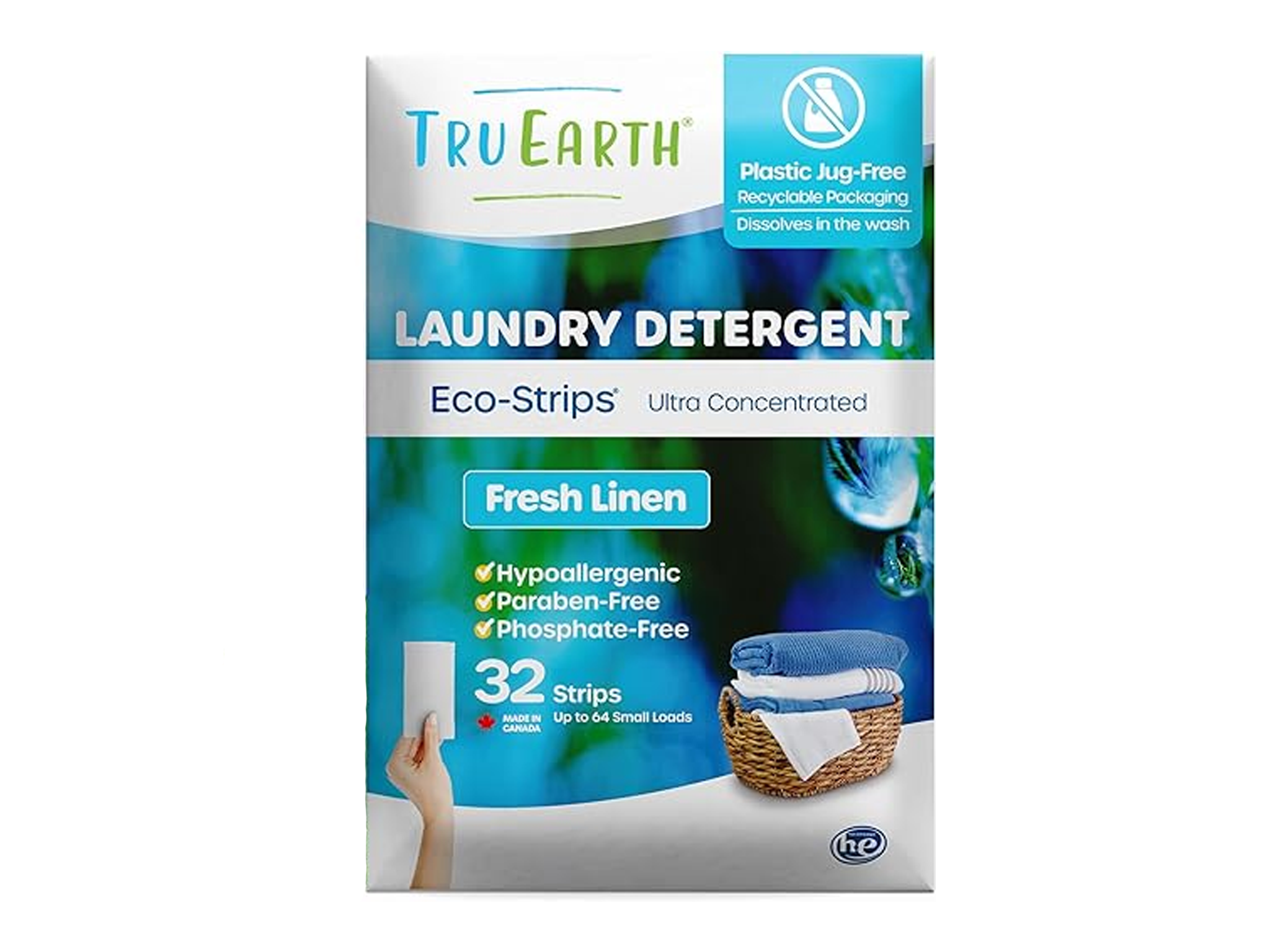
Tru Earth Eco-Strips
These ultra-concentrated laundry strips dissolve fully in water, providing an effective laundry solution with minimal packaging[1].

Smol Multi-Purpose Spray
This product features a reusable bottle and dissolvable tablet formulation that ensures effective cleaning while significantly reducing waste[1].

Seventh Generation Free & Clear Dish Soap
A plant-based dish soap that is effective for a wide range of cleaning tasks, containing 95% biobased ingredients[2][4].
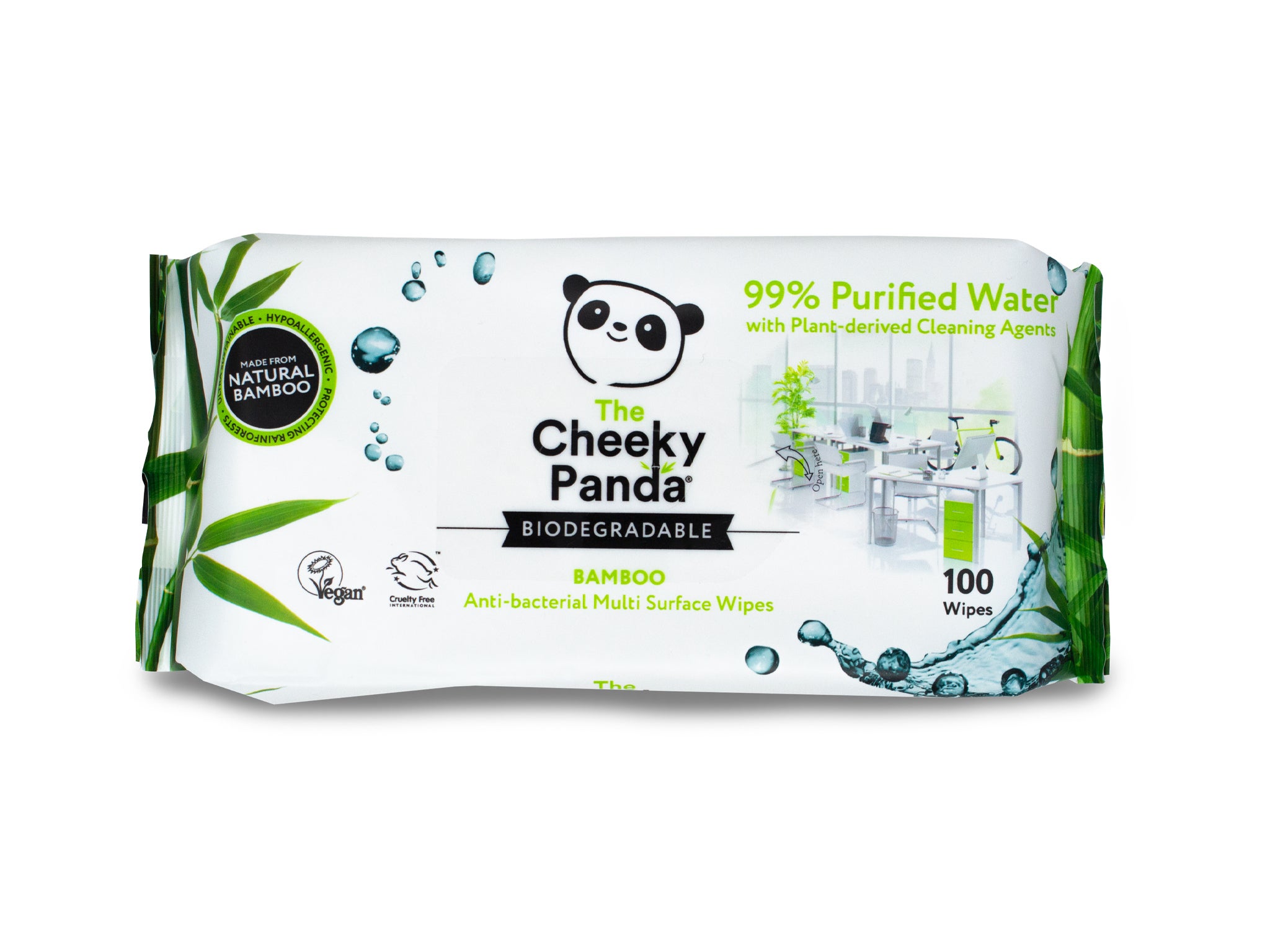
Cheeky Panda Bamboo Anti-Bacterial Surface Wipes
Made from FSC-certified bamboo, these wipes are not only effective but also compostable and produce 65% fewer carbon emissions[1].
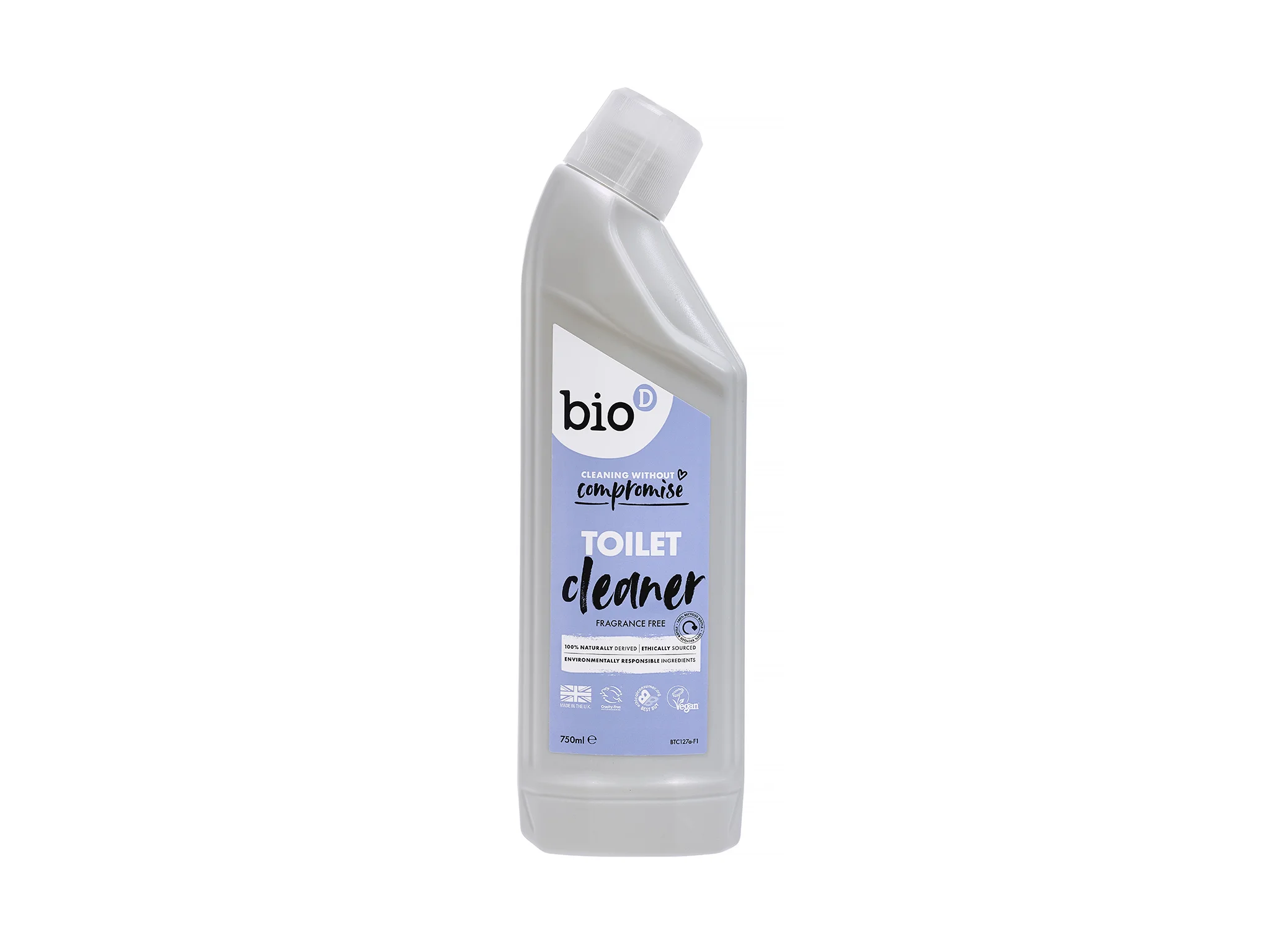
Bio-D Toilet Cleaner
A powerful toilet cleaner free from harsh chemicals, it effectively removes limescale and other residues without harming the environment[1][4].

Seventh Generation Disinfecting Multi-Surface Cleaner
This cleaner effectively removes grease and grime while being safe to use on food contact surfaces[2].
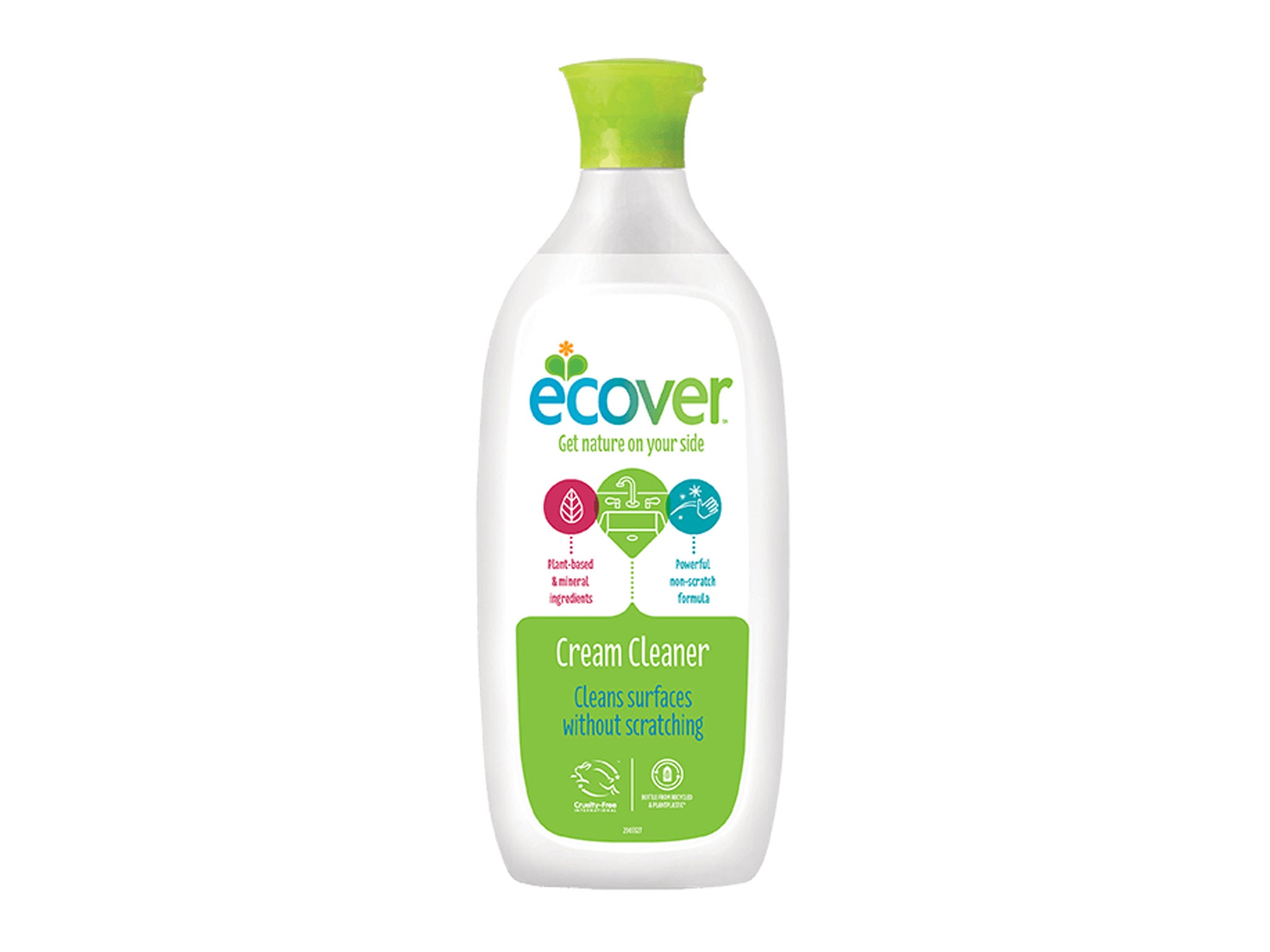
Ecover Cream Cleaner
A biodegradable cream cleaner that tackles stubborn stains without damaging surfaces, ideal for kitchens and bathrooms[1].

Grove Collaborative Multi-Purpose Cleaner Concentrate
This concentrated formula requires dilution, significantly reducing the amount of plastic used for packaging[7][8].

Dropps Dishwasher Detergent Pods
These pods are highly effective at cleaning dishes while using plant-based ingredients and minimizing plastic[2][7][10].

Blueland Clean Suite Kit
A cleaning starter kit that uses dissolvable tablets to create multi-purpose cleaners in reusable bottles, promoting a zero-waste lifestyle[8][9].
Method Antibacterial Bathroom Cleaner
Plant-based cleaner that eliminates soap scum and kills 99.9% of bacteria, suitable for various surfaces[4][10].

L’Avant Collective High Performing Dish Soap
This dish soap combines luxury with eco-friendliness, being highly effective and packaged in refillable glass[6].

L’Avant Multipurpose Surface Cleaner Starter Bundle
A reusable and stylish option, this cleaner uses plant-based formulas to tackle tough grime[7][10].
Blueland Toilet Bowl Cleaner Tablets
Made with eco-friendly ingredients, these tablets are tough on stains while housed in reusable packaging[9].
Arm & Hammer Baking Soda
A versatile product used for both baking and cleaning, effective as a gentle abrasive cleaner[2].

Aunt Fannie’s Cleaning Vinegar
A scented vinegar product that cuts grease and cleans while delivering a pleasant fragrance[2].
Biokleen Carpet & Rug Shampoo
A strong, natural cleaner that is safe for carpets and formulated with plant-derived ingredients[9].
Ecover Laundry Detergent
A plant-based detergent recognized for its effectiveness in maintaining laundry cleanliness without environmental harm[1][5].
Natura Solutions All-In-One Cleaner
Utilizes biodegradable plant-based enzymes to effectively clean various surfaces while being safe for families and pets[9].
AspenClean All-Purpose Cleaner
This cleaner effectively tackles multiple cleaning tasks while using organic and biodegradable ingredients[10].
Let's look at alternatives:
- Modify the query.
- Start a new thread.
- Remove sources (if manually added).
- Request a manual search from our human research team.
Get more accurate answers with Super Search, upload files, personalised discovery feed, save searches and contribute to the PandiPedia.

AlphaGo defeated human champions through a combination of advanced machine learning techniques and innovative gameplay strategies. The AI system utilized deep neural networks and reinforcement learning, allowing it to learn from vast amounts of gameplay data and improve over time. Initially, it was trained by playing numerous games against human opponents, after which it played against different versions of itself, continuously refining its algorithms based on successful moves and winning percentages[3].
One significant factor in its victories was AlphaGo's ability to work with an enormous number of potential board configurations—far surpassing human capabilities. Go is considered a significantly more complex game than chess, with an estimated 10 to the power of 170 possible board positions, requiring an AI like AlphaGo to assess an immense search space quickly[3][4].
During its matches against the world champion Lee Sedol, AlphaGo showcased unexpected and highly creative moves that disrupted conventional strategies. For example, in one match, AlphaGo executed a 'shoulder hit' move that had never been seen in professional play, displaying a level of cunning that surprised even seasoned players[2][3]. In contrast, Lee Sedol, despite being a top player, struggled to adapt to AlphaGo's aggressive and unconventional playing style, leading to his defeat in several games[5].
However, Lee managed to win one game in the series by employing a clever move known as the 'Hand of God,' exploiting AlphaGo's mistake during a critical phase of the game. This victory highlighted that while AlphaGo was incredibly powerful, it still had vulnerabilities that could be exploited by skilled human players. Nonetheless, AlphaGo's overall performance established it as one of the strongest Go players in history, defeating Lee Sedol 4-1 in their five-game match series[1][3].
Let's look at alternatives:
- Modify the query.
- Start a new thread.
- Remove sources (if manually added).
- Request a manual search from our human research team.
Unique Features of the Human Brain

The human brain stands out significantly from those of other animals due to its complex structure, advanced cognitive abilities, and unique neuronal characteristics. This report synthesizes insights from various studies and expert opinions to outline the distinctive features that contribute to the uniqueness of the human brain.
Size and Structure

One of the most apparent differences between the human brain and those of other animals is its size and structure. The human brain typically weighs about 1.2 kg and is larger in proportion to body size compared to other primates, such as chimpanzees, whose brains are roughly one-third the size of a human brain. A key reason for this weight and size difference is the evolutionary expansion of the association cortex, which is crucial for complex cognitive functions like language, self-awareness, and problem-solving[4]. Furthermore, humans possess a larger cerebral cortex, containing around 16 billion neurons as opposed to the fewer neurons found in most other animals[3].
Additionally, unique characteristics in human neurons have been identified, such as a lower density of ion channels compared to other mammals, which allows for more efficient energy use in processing information. This adaptation enables complex synaptic connections and rapid firing of action potentials necessary for sophisticated cognitive tasks[1].
Advanced Cognitive Abilities

Humans exhibit enhanced cognitive abilities that facilitate complex thought processes and social interactions. Notable among these is the ability for 'nested scenario building,' which refers to the capacity to imagine and reflect on alternative situations within larger narratives[13]. This capability equips humans to plan and make decisions based on future possibilities, a skill that is less developed in other animals.
Central to human cognitive processes are 'concept cells,' or 'Jennifer Aniston neurons,' which uniquely respond to abstract concepts, allowing for complex memory formation and high-level thinking that is generally not observed in animals[5]. These neurons store meanings devoid of contextual details, supporting advanced reasoning and the ability to make inferences, analogies, and associative connections[5].
Another significant cognitive feature is the concept of 'shared intentionality,' which describes the mutual understanding individuals have when engaging in collaborative tasks. This capacity for cooperation enhances human social interactions and cultural developments, allowing for shared experiences and collective knowledge transfer across generations, known as the 'ratchet effect'[2].
Emotional Complexity and Social Behavior

The human brain is also distinguished by its higher level of emotional complexity and social behavior. The development of the prefrontal cortex is linked to advanced social functions such as empathy, cooperation, and moral reasoning[7]. These traits are critical for forming intricate social bonds and navigating the complexities of human relationships. While some animals exhibit social behaviors, the depth and breadth of human emotional intelligence, tied to cognitive development, are markedly superior.
Synergistic Information Processing
In terms of information processing, the human brain displays a higher level of 'synergistic' interactions than that of other primates like macaques. Synergistic processing encompasses patterns where information flow across different brain regions exceeds the sum of their individual contributions, particularly in areas responsible for complex functions like learning and social cognition[6]. This capacity for synergistic interactions not only enhances cognitive efficiency but also fosters the integration of various types of information to support advanced problem-solving abilities unique to humans.
Genetic and Cellular Distinctions
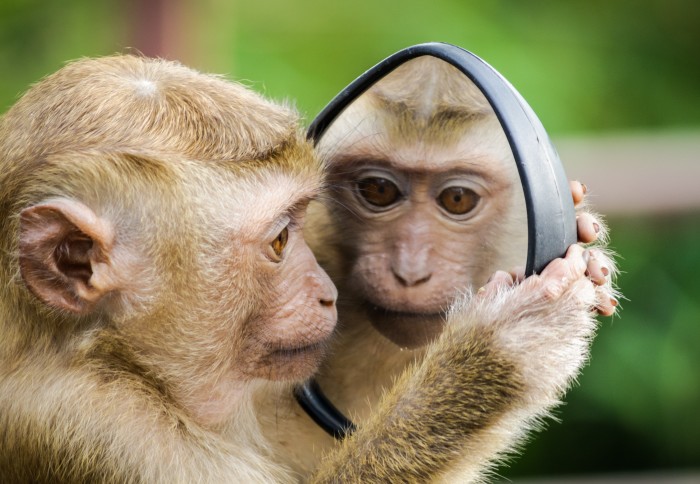
Further distinguishing features are linked to the genetic and cellular makeup of the human brain. Studies indicate the presence of species-specific neuron types, including a unique microglia type that plays a role in brain maintenance and disease response[10]. The differential expression of genes, such as the FOXP2 gene associated with language and communication, highlights the genetic underpinnings of cognitive capabilities that are specific to humans[10].
Prolonged Development and Learning

The human brain's ability to undergo prolonged developmental phases also sets it apart. This extended period allows for substantial learning and cognitive skill acquisition, crucial for mastering complex tasks such as toolmaking, control of social dynamics, and theory of mind[8]. This developmental approach emphasizes the interplay between genetic predispositions and environmental influences on cognitive development, leading to significant variations in cognitive abilities among human populations[16].
Connectivity and Functional Networks
Finally, the structural connectivity of the human brain exhibits distinct patterns that enhance cognitive functions. Research has identified unique long-range connections in the human brain that facilitate complex processing related to language, reasoning, and social cognition, differentiating it from the brains of other primates[15]. The unique aspects of the human connectome contribute significantly to advanced cognitive functions, allowing humans to engage in more sophisticated interactions and cultural expressions.
Conclusion
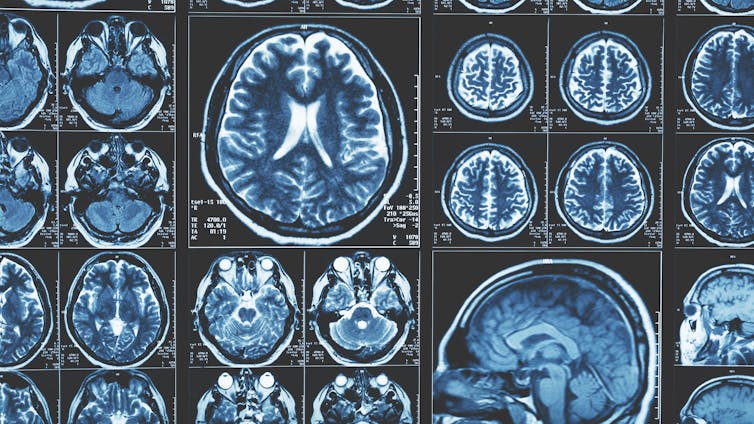
In summary, the human brain's uniqueness arises from a combination of its size, structural complexity, advanced cognitive abilities, emotional depth, and genetic factors. The interconnections among these features enable humans to navigate complex social landscapes, innovate, and evolve culturally, creating a disparate cognitive experience that sets our species apart from others. As research continues, further understanding of these characteristics may illuminate the evolutionary trajectory that has shaped the human brain.
Let's look at alternatives:
- Modify the query.
- Start a new thread.
- Remove sources (if manually added).
- Request a manual search from our human research team.

Tape Measure
Essential for accurate measurements when starting any DIY project, a 25-ft. tape is recommended for beginners[2][3].
Screwdriver Set
A variety of screwdrivers, including flat head and Phillips types, is important for driving screws with precision[1][3].


electric Drill/Driver
A cordless drill/driver is highly versatile, used for drilling holes and driving screws effectively[1][4][6].


Sanding Blocks or Sander
Important for smoothing surfaces and preparing wood for painting or finishing[3][6].
Safety Glasses
Essential for protecting eyes while cutting, sanding, or working with any power tools[4][6].
Let's look at alternatives:
- Modify the query.
- Start a new thread.
- Remove sources (if manually added).
- Request a manual search from our human research team.
:max_bytes(150000):strip_icc()/how-to-start-a-garden-from-scratch-2132778-hero-5f6138784a034bad8bf9607ccb18dbed.jpg)
Starting a DIY garden can be a rewarding project, allowing you to create a space that provides beauty, food, and relaxation. Here’s a structured guide on how to take the first steps toward establishing your garden.
1. Define Your Garden’s Purpose
Before diving into planning, it's crucial to decide what you want your garden to achieve. Consider how you will use the space—whether for hosting gatherings, growing vegetables, or providing a serene area for relaxation. Create a wishlist of features such as a seating area, storage for gardening tools, or space for children to play. Categorize these items into essential, important, and desirable to prioritize your planning efforts[2][8].
2. Assess Your Space
:max_bytes(150000):strip_icc():format(webp)/find-your-usda-zone-3269819-3ee8d9b8a550496d80a8aa297fa6113c.png)
Take a close look at the area designated for your garden. Clear any debris or overgrown plants to get an accurate picture of the space's size and layout. Measure your boundaries, noting any existing features like trees or fences that could serve as partial structures or shade providers. A well-measured plan will allow you to visualize what can fit comfortably within your garden[2][6][8].
3. Gather Inspiration and Create a Mood Board
:max_bytes(150000):strip_icc():format(webp)/how-to-start-a-garden-from-scratch-2132778-hero-5f6138784a034bad8bf9607ccb18dbed.jpg)
Collect ideas from various sources like gardening websites, Pinterest, or magazines. Look for styles and designs that resonate with you. Create a mood board to consolidate your ideas, reflecting the aesthetics you want in your garden. This visual reference can guide your design choices and planting selections as you move forward[2][8].
4. Plan Your Garden Layout
:max_bytes(150000):strip_icc():format(webp)/make-diy-seed-starting-mix-3016715-hero-aac204623bae4f1e8f89d8e6c95301e4.jpg)
Using graph paper, draw a scaled base plan of your garden, incorporating the measurements you've taken. Define different zones for activities or plant types—like vegetable beds, flower borders, or seating areas—while considering sunlight exposure and natural landscape features. For instance, place seating areas where you can enjoy the sunset and designate sunny spots for sun-loving plants[2][8][10].
5. Test and Prepare Your Soil
Assess the existing soil conditions through testing to understand its pH and nutrient levels. This can often be done through local extension services. Healthy soil is a cornerstone of a fruitful garden. Depending on the results, you may need to amend the soil with organic materials like compost to improve fertility and drainage. Aim for a rich, well-aerated mix that promotes root growth[1][4][10].
6. Choose What to Plant
:max_bytes(150000):strip_icc():format(webp)/Raised-Bed-GettyImages-141860394-5a32e3f0eb4d520037633e04.jpg)
Decide what types of plants you want in your garden, focusing on fruits, vegetables, herbs, and flowers that your family will enjoy. If you want colorful blooms, consider planting annuals that need replanting each year or perennials that return season after season. Make sure to select plants suited to your climate and the specific light conditions of your garden[1][5][7].
7. Select Your Seeds and Transplants
When it comes to sourcing plants, you have two primary options: growing from seed or purchasing established transplants from a nursery. If opting for seeds, refer to the planting instructions on the packets for depth and spacing. If you prefer transplants, choose robust, healthy plants with no signs of stress or disease. Ensure your selected plants align with your garden's conditions and your personal preferences[5][10].
8. Prepare Your Garden Beds
:max_bytes(150000):strip_icc():format(webp)/bone-meal-fertilizer-pros-and-cons-5093936-hero-c96b4a6f26e84ec79bf9128e464d123e.jpg)
Use the cleared space to create planting beds. For quick results, you can remove sod directly or use a method like 'lasagna gardening,' which involves layering cardboard and compost. This method enriches the soil over time and suppresses weeds. As you prepare the beds, incorporate quality compost to enrich the soil and ensure adequate aeration[3][4][7][9].
9. Planting Techniques
When you're ready to plant, follow best practices: sow seeds at the recommended depth or plant transplants at the same depth they were originally in their pots. Ensure adequate spacing to prevent overcrowding, which can lead to poor growth and increased pest problems. Water plants appropriately after planting to help establish their roots[1][7][10].
10. Watering and Maintenance
:max_bytes(150000):strip_icc():format(webp)/install-landscape-fabric-for-weed-control-3a-12d3d7ebc35140519f03841f32694dea-9ad32c4e00014b45bf68137596530b3b.jpg)
After planting, maintain a regular watering schedule, adjusting based on the plants' needs and the weather conditions. Most plants appreciate about an inch of water weekly. As your garden grows, incorporate mulch to retain moisture and suppress weeds. Keep an eye on plant health, weeding regularly and harvesting your crops promptly to encourage further growth[5][10].
Conclusion
Starting a DIY garden requires careful planning, but the rewards are plentiful. By defining your purpose, assessing your space, selecting the right plants, and maintaining them, you can cultivate a vibrant garden that enhances your home and provides fresh produce and enjoyment for years to come. Embrace the learning process, and remember that gardening is an evolving journey that can bring joy and satisfaction.
Let's look at alternatives:
- Modify the query.
- Start a new thread.
- Remove sources (if manually added).
- Request a manual search from our human research team.


